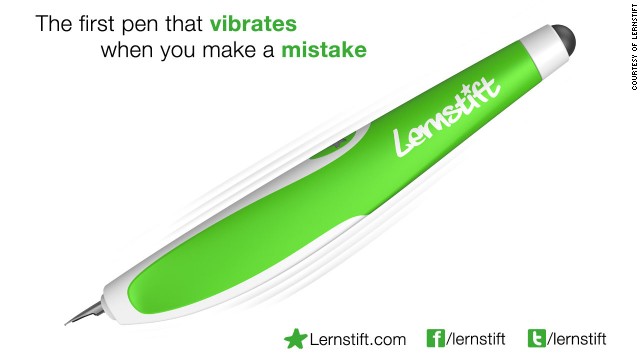A vexillologist is someone who designs flags.
A vexillographer is someone who studies flags and what their shapes, patterns, colours and images mean.
Malcolm Farrow, President of the Flag Institute, thinks that flags play a bit part in a country's identity.
"A national flag is extremely important. It identifies a people and tells the story of a whole nation in one small rectangle," he says.
"In a multicultural society of different religions, backgrounds and languages it's the one thing that gives everyone a sense of identity and belonging in that country. It's the one thing a nation can unite under."
Often, the different colours, shapes and symbols on a flag aren't just because they look nice - they represent something.
Take for example one of the most famous and iconic flags in the world. The flag of the United States.
It is famous for the 'stars and stripes' - but each part represents something.
The flag has thirteen horizontal red and white stripes to represent the 13 original colonies that were formed when people first came to America.
The stars represent the 50 states that make up the United States of America.
After civil war in Sudan the country split into two. In 2011, the Republic of South Sudan was formed.
South Sudan as a new country needed a new flag.
This flag is similar to the old Sudanese flag but the colours here represent a new country after conflict.
Black represents the South Sudanese people, white is peace after the fighting, red stands for the blood shed, green represents the land and farming, blue represents the waters of the river Nile. The star represents the unity of states making up Sudan.
Malcolm Farrow, President of the Flag Institute, thinks designing a flag needs a lot of thought.
He says, "Designing a great flag is very difficult, as you are trying to squeeze a whole nation into a small box."
"A great flag has a bold, simple design to grab people's attention. It should have no words and a maximum of four strong contrasting colours. It shouldn't be fashionable and it must be distinctive from other flags."
From CBBC newsround
















